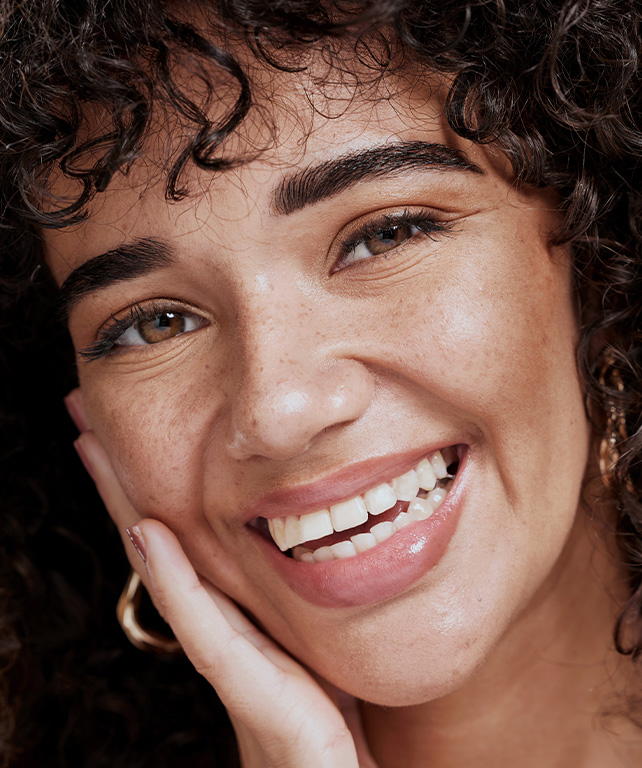
What Are Head Lice?
Board-certified Austin, TX dermatologist Dr. Renee Snyder and her team of skilled physicians treat both children and adults for head and body lice. Unfortunately, lice are a common condition among elementary school children, and while you can prevent it by taking certain measures, some children will get lice without knowing or of any fault of their own. Children love to share, and whether it is brushes, hair accessories, helmets, or sports gear, at any time, a certain exchange could also mean the spreading of lice. Head lice is a condition where a live adult ‘louse’ lays eggs in a child’s hair, and then feeds on the blood, and lives on the scalp. Some kids don’t even know they have it, but if it progresses, symptoms can include itching, inflammation, and scalp irritation. Schools are very good at checking for lice annually, and if your child has lice, or if you believe he or she may have it, prompt treatment is needed. While lice are not life-threatening, it is very unpleasant.

What Causes Head Lice?
The primary cause of head lice spread is direct head-to-head contact with an infested person, as lice cannot jump or fly but can crawl quickly from one person’s hair to another’s. Sharing personal items such as combs, hats, or pillows can also facilitate the transfer of lice, although this is less common. Poor personal hygiene does not cause head lice; it can affect anyone regardless of cleanliness.
CONTACT US
Have questions or want to schedule an appointment? Contact us today to speak with a member of the Snyder Dermatology team. We’re here to address your concerns with compassionate and effective care.
CONTACT

Board-Certified Dermatologists
MEET OUR DOCTORS
Snyder Dermatology is the premier practice for medical and cosmetic dermatology in Austin, TX. Centrally located, our dynamic team of board certified dermatologists focus on providing patients with the most advanced medical care and treatment options. Our practice is distinguished by our compassion, our desire to fully understand our patients’ needs, and our commitment to being good stewards in the communities where we live and work.
Types of Head Lice
Adult Lice
Lice is one of the most annoying skin conditions, especially for families. It can happen to anyone, regardless of lifestyle, and can literally infect the entire family as it is very contagious. It only takes 2 adult lice to create more lice and eventually a full infestation on your child’s head and in your home. The adult lice lay eggs called nits, and if not found or diagnosed and left untreated, an unpleasant, itchy experience usually occurs.
Nits
Lice is almost impossible to eliminate without treatment. This is due to the nits (the small egg sacs) that the adults lay near the scalp near the hair follicle. Special shampoos applied and then removed with a fine-tooth comb are necessary to kill and remove the infestation. However, nits can still reside on the scalp that have yet to form into lice and these will need to be manually removed using the fine-tooth comb so that they do not hatch and cause a new infestation.
How to Treat Head Lice
Lice must be treated, but even more so, home and belongings. This is probably the hardest part for most individuals because lice can infest the entire home. Everyone in the home should be treated as a safety measure. In addition, we recommend doing the following:
During treatment with prescription medications and shampoos, it’s crucial that you also clean your home thoroughly:
- Wash all clothing, backpacks, bedding, and pillows in really hot water.
- Replace brushes, combs, and hair accessories.
- Seal smaller toys and items your children play with in tight baggies for 2 – 3 weeks to ensure any living lice are killed.
- Vacuum all carpeted areas and furniture.
Families always worry that a new outbreak will occur, and this is completely understandable. It’s important to follow the strict protocol of treatment to avoid re-infestation. If the original treatment is unsuccessful and safeguards are not put into place, additional outbreaks can occur. The treatment for a second round of lice is the same as the first. However, because the medication and chemicals used are strong, our office usually recommends waiting a certain period of time before resuming the next round of treatment.
Schedule a Consultation
Head lice can be a troublesome condition, and our dermatology staff is skilled at treating it and providing the correct protocol to get it under control quickly. If your child was diagnosed with head lice, please call our office and consult with our team so we can help rid your child and/or family of this condition.




